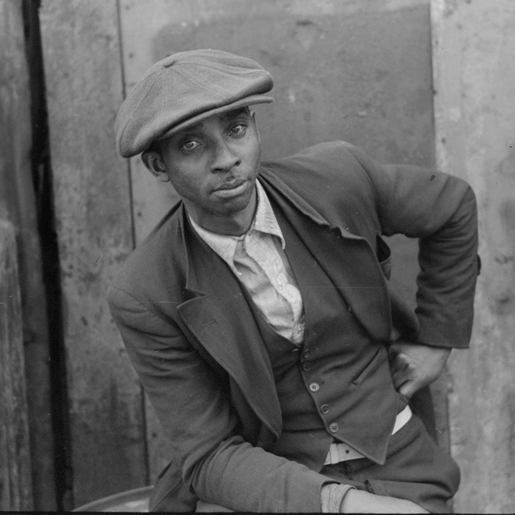
The Chicago Black Belt, by design and eventually by custom and racism, segregated Blacks into an area in the South Side of Chicago. At its peak, the Black Belt was home to about 70,000 Blacks.
In the Black Belt, life was life and had to be lived. Hope and hopelessness went hand in hand and sometimes, with some residents, hopelessness was a constant tormentor.
People went shopping, went to church and raised their children under adverse conditions made worse by limited access to services and municipal help.
A better home and better opportunities was always just a few streets away. However, there was also an invisible and impenetrable wall around the Black Belt built by racism and fear
he Chicago Black Belt, by design and eventually by custom and racism, segregated Blacks into an area in the South Side of Chicago. At its peak, the Black Belt was home to about 70,000 Blacks.
In the Black Belt, life was life and had to be lived. Hope and hopelessness went hand in hand and sometimes, with some residents, hopelessness was a constant tormentor.
People went shopping, went to church and raised their children under adverse conditions made worse by limited access to services and municipal help. A better home and better opportunities were just a few streets away, however, there was also an invisible and impenetrable wall around the Black Belt built by racism and fear.
There are no tags for the individual photos. All the photos are from Chicago’s Black Belt during Easter week, April 1941. A YouTube video of these images can be found at our YouTube Channel.


